Last Updated on August 2, 2021
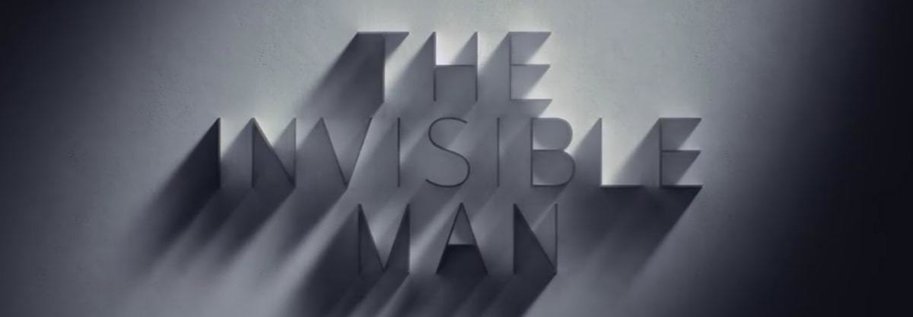 PLOT: A woman (Elisabeth Moss) escapes her violent husband and thinks she’s safe after she learns that he later committed suicide. But, when strange things start happening to her, she begins to believe her husband’s not really dead and using technology to make himself…invisible.
PLOT: A woman (Elisabeth Moss) escapes her violent husband and thinks she’s safe after she learns that he later committed suicide. But, when strange things start happening to her, she begins to believe her husband’s not really dead and using technology to make himself…invisible.
REVIEW: For all the complaining I do about Blumhouse when I watch movies like FANTASY ISLAND, there are always plenty of their films that really push the envelope, and THE INVISIBLE MAN might be their most provocative and worthwhile movie since GET OUT. Shot at a remarkably thrifty $7 million (at least according to Wikipedia), it looks like it cost ten times that, with writer/director Leigh Whannell reaffirming his position as one of the most exciting new directors of our generation.
Like his last film, UPGRADE, this is an updating of the classic monster movie formula done through the eyes of modern technology. His take on invisibility is remarkably fresh, with it revealed that Oliver Jackson-Cohen’s Adrian is a sociopathic tech giant with a focus on optics. There’s no invisibility serum here – rather Whannell’s done something incredible. He’s made invisibility believable and thus all the more chilling.
It’s helped that Whannell keeps his focus squarely on character, with the thrills and scares secondary to a good plot. This approach is what makes the horror have such a strong impact when it finally does kick in, making it a thoroughly disciplined piece of work. He’s aided tremendously by Elisabeth Moss’s performance, who could eventually rank with some of the greatest horror movie heroines – that’s how good she is here.
Her character, Cecilia, is familiar terrain for Moss, although there’s a levity to her role in the first act, where she thinks she’s free of Adrian, that’s a departure from the more unrelenting “The Handmaid’s Tale”. We really invest in her newfound hope for the future, with her a newly minted millionaire thanks to an unexpected inheritance from her late husband, but, alas, this is THE INVISIBLE MAN after all, so this newfound hope doesn’t last too long.
Whannell’s approach here is very different from all iterations of the character, which focused on the psychological toll of invisibility. Rather, this shows us how utterly terrifying it would be to be stalked by an invisible opponent, and Whannell makes it a slow burn, with handprints on the glass in a steamy shower, unexpected bumps in the night, and, most shockingly, inexplicable violence against a supporting character. It’s truly unnerving, similar to Sidney J. Furie’s terrifying, THE ENTITY.
The carnage does indeed kick into high gear once Moss’s character realizes what’s going on, and there’s a lot of furious action in the last act, including a blood-curdling shootout in an asylum and a really dynamic visual where the suit that allows the invisibility to happen starts to flicker in and out. Whatever the budget limitations were, Whannel is able to work around them with convincing (and sparse) CGI, really sharp lensing by Stefan Duscio (although definitely see it in a theatre with solid projection – bad projection could really sink the challenging visuals), while Benjamin Wallfisch’s score is classic monster movie stuff. The supporting cast is also quite good, with Aldis Hodge and Storm Reid likable as Cecilia’s surrogate family. Oliver Jackson-Cohen makes the most out of his limited screen time (he is, after all, invisible for 99% of the movie), while “Patriot”’s Michael Dorman plays his brother, veering back and forth between being sympathetic and hopelessly slimy.
I’d wager THE INVISIBLE MAN is one of the few times in recent years that a mainstream horror movie really knocked my socks off. It’s not always the easiest genre to tackle, but Whannell’s made a movie that I truly think will go down as a classic of the genre. From the first frame to the last its utterly absorbing, although I also hope Universal doesn’t exploit the heck out of it in a bid to relaunch their monster franchise. It should probably be a one-off even if it does leave the door open for more. It’s something that shouldn’t be diluted – as it really feels like Whannell put it all up on the screen, rather than save good ideas for the sequel. That’s what makes it not just a great horror film, but a great film full stop.



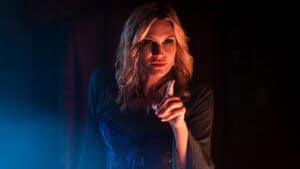






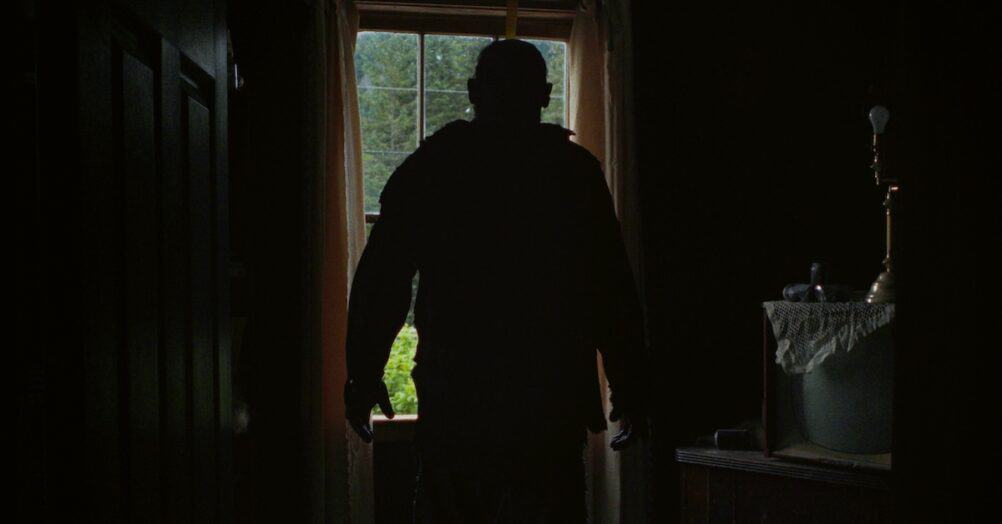
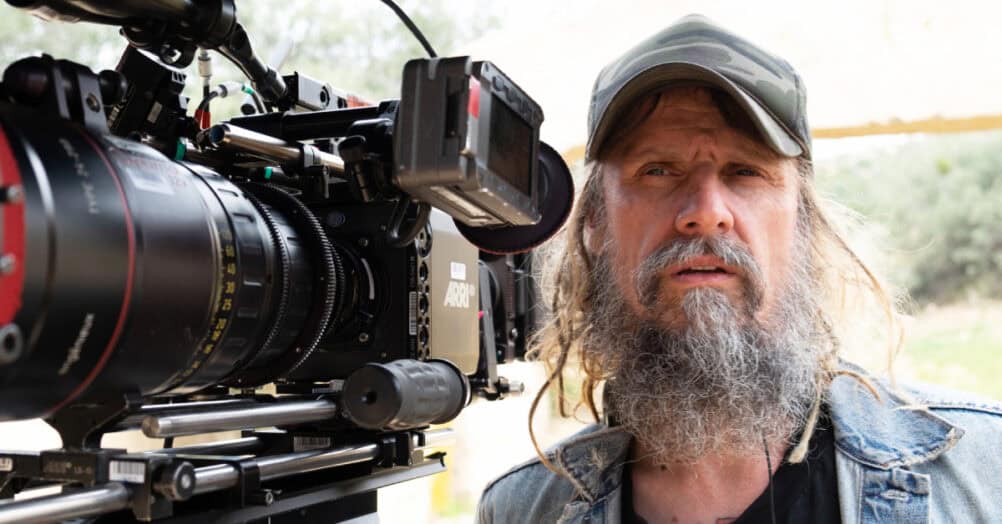
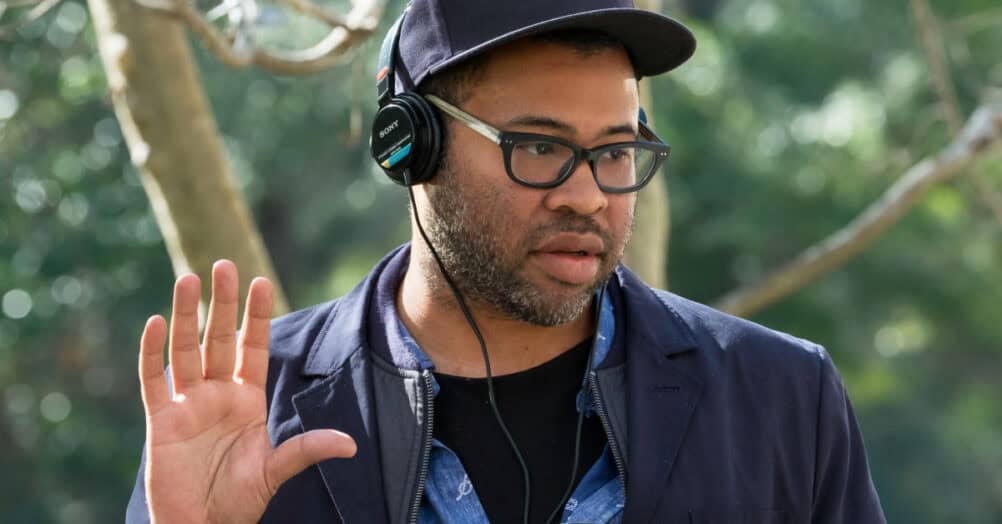
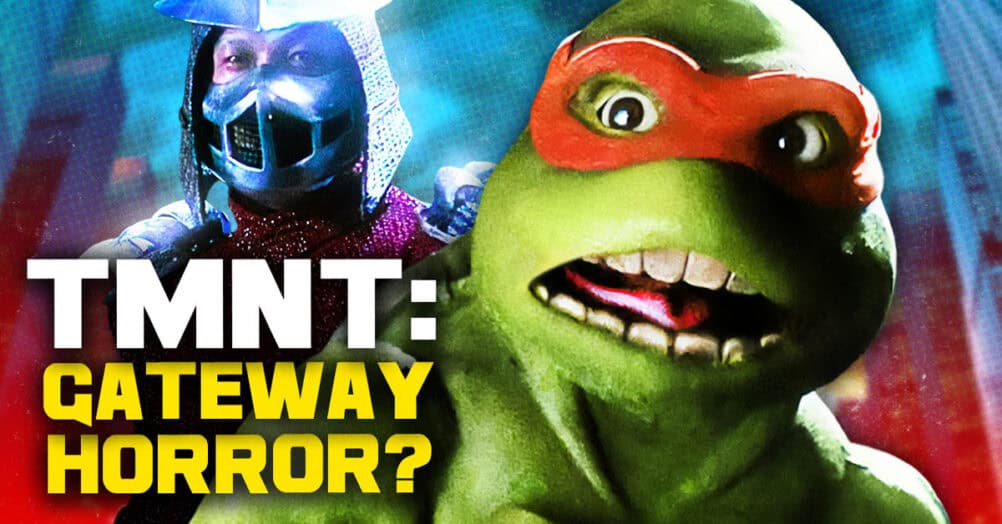
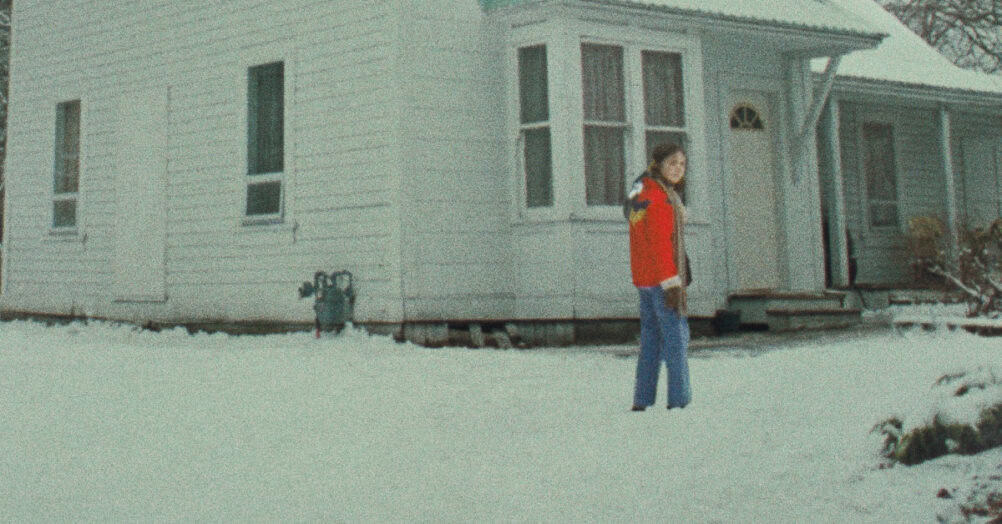
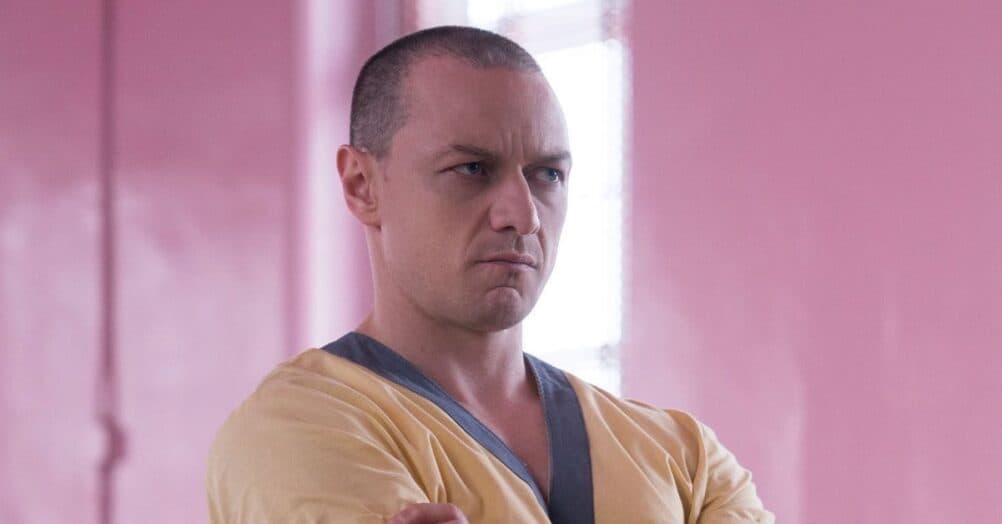
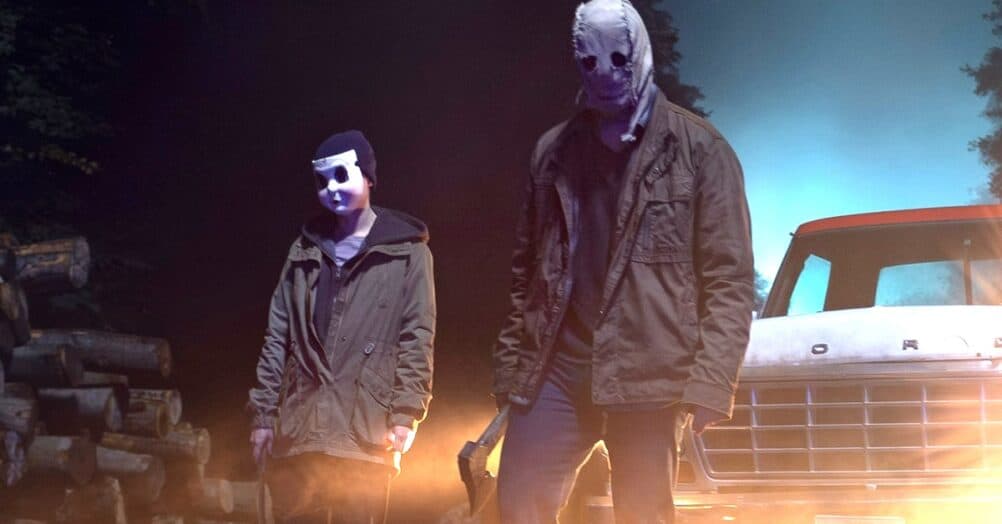
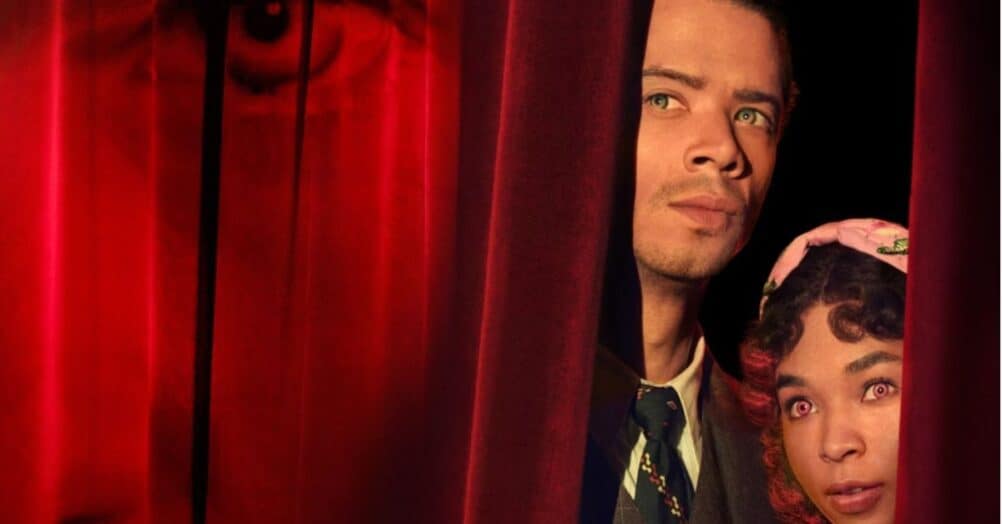
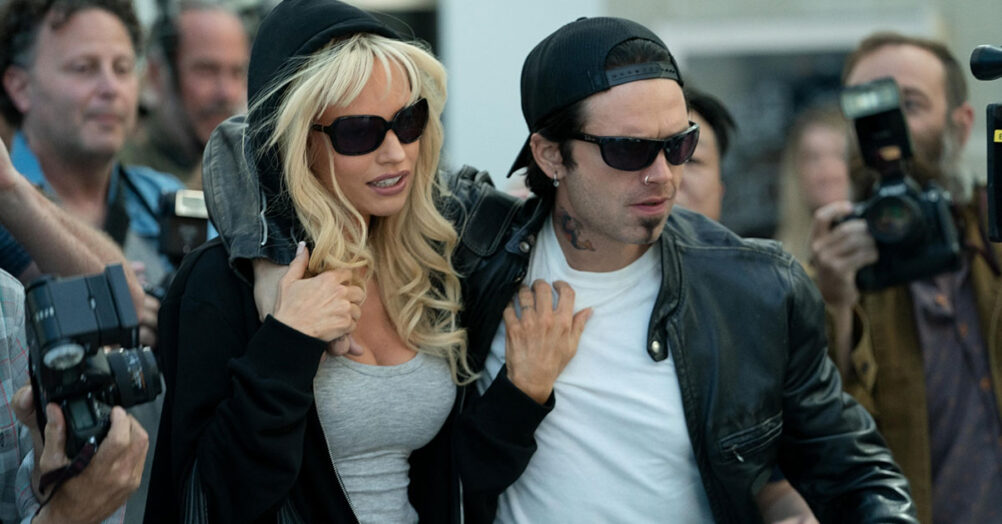
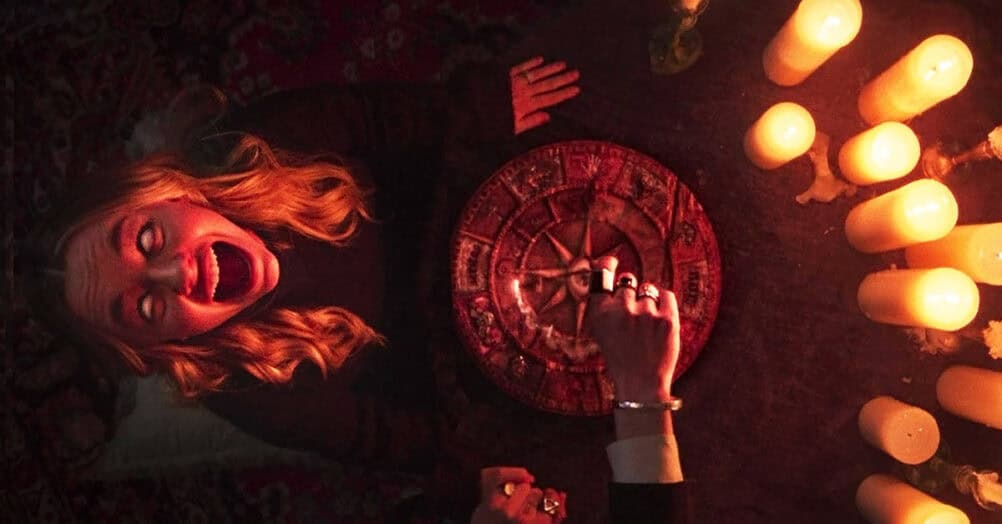
Follow the JOBLO MOVIE NETWORK
Follow us on YOUTUBE
Follow ARROW IN THE HEAD
Follow AITH on YOUTUBE